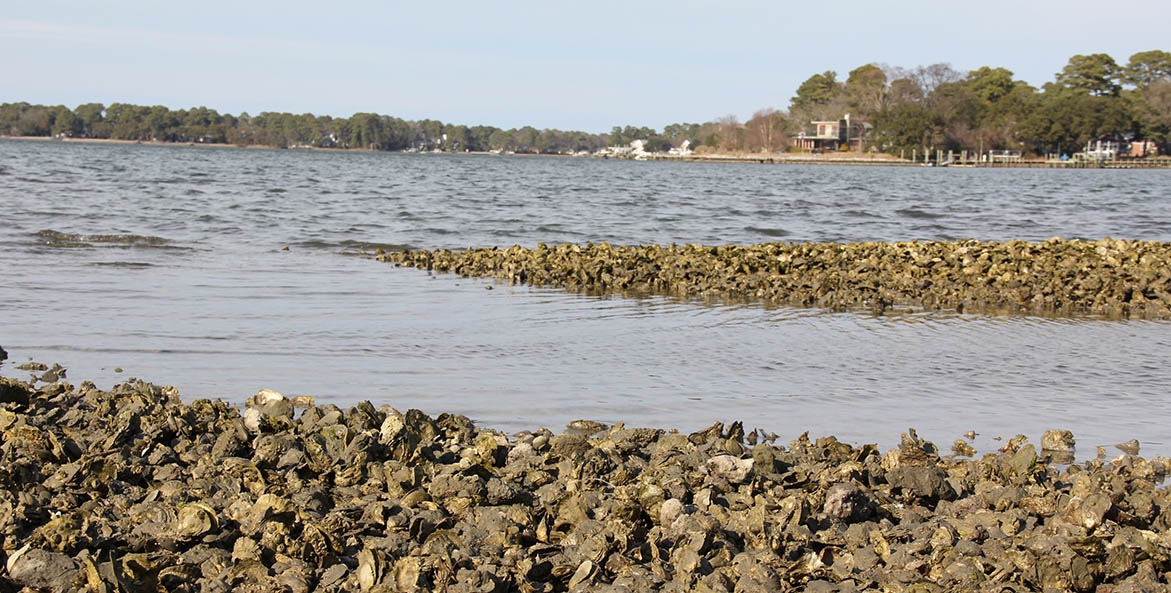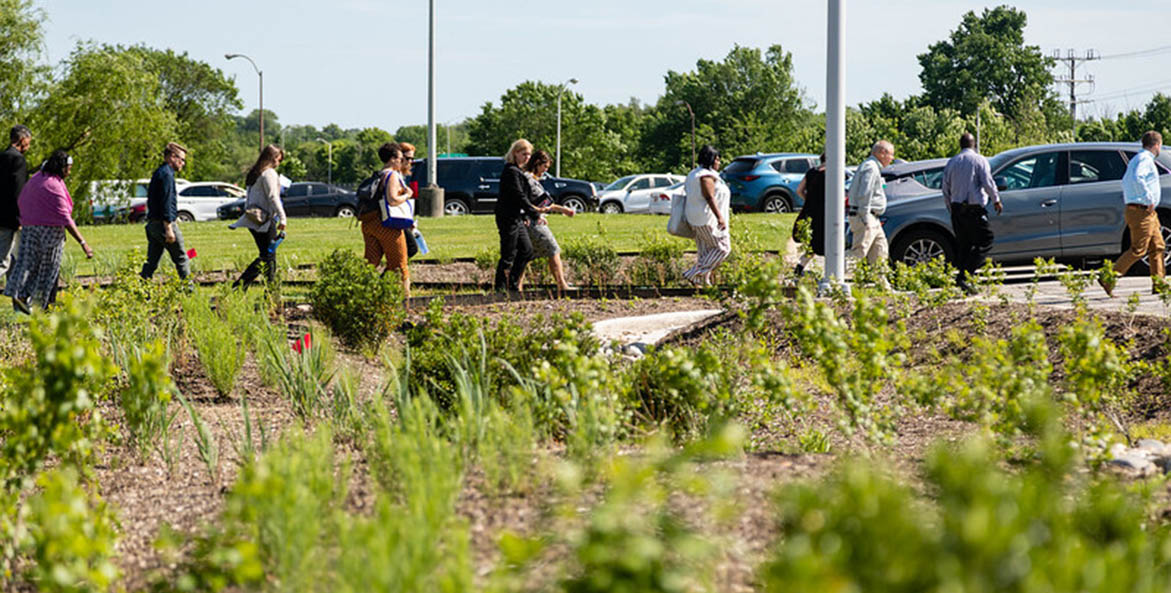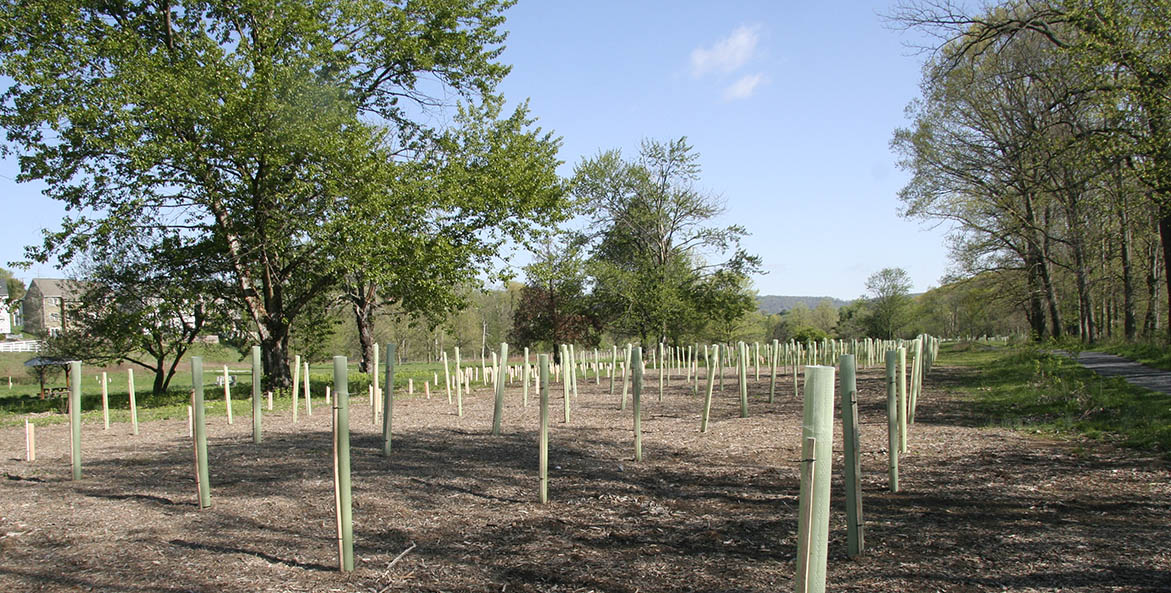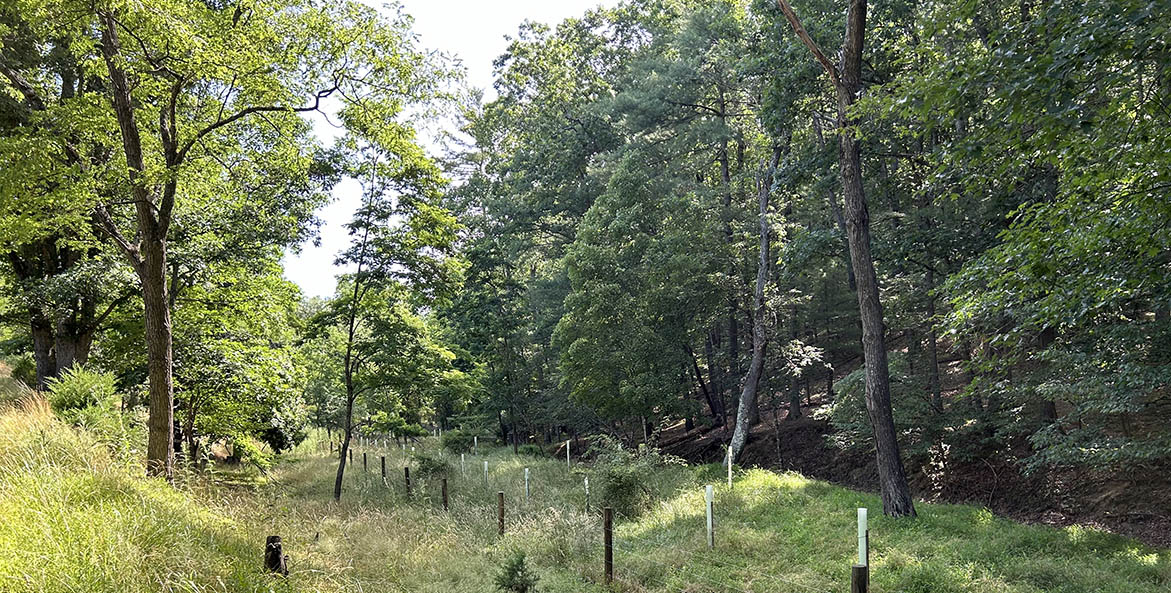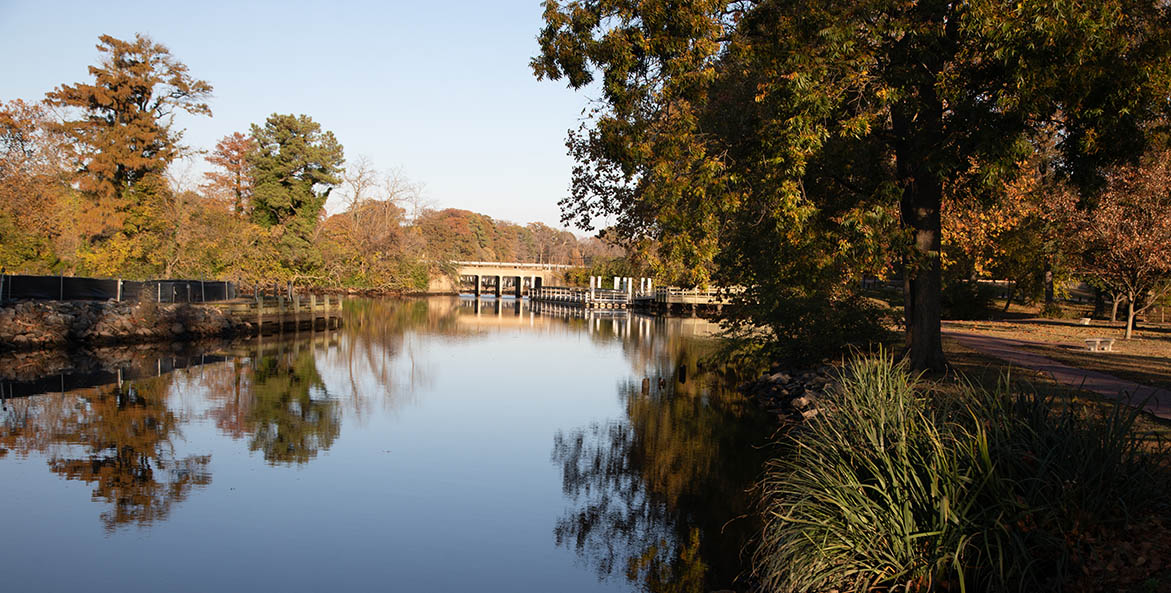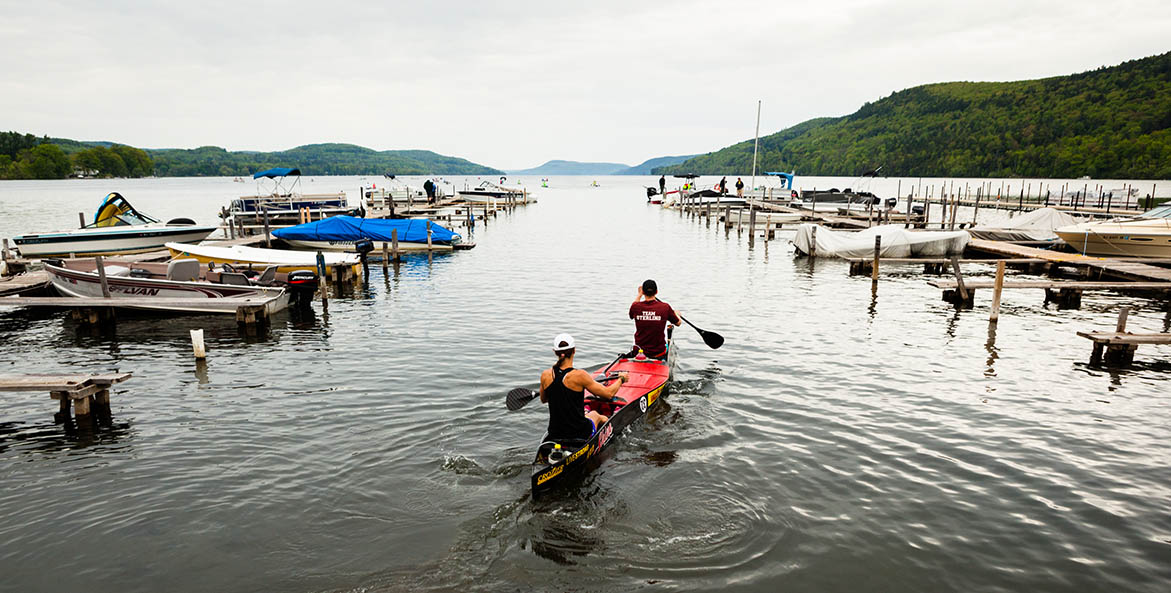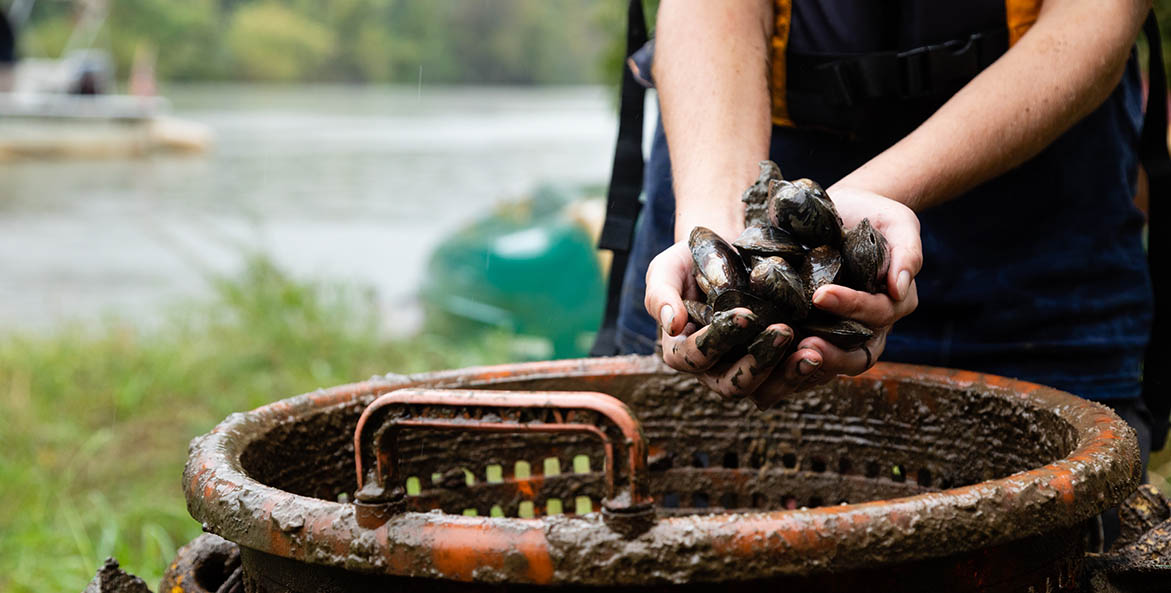2025 is a watershed moment for the Chesapeake Bay. Will our leaders step up?
The Chesapeake Bay watershed is at a crossroads. It could become a more vibrant, thriving network of waterways enjoyed by all. Or, it could backslide, returning to a heavily polluted mess overwhelmed by the pressures of climate change, development, and the region's population growth. The future of the restoration effort will depend on action this year by the region's governors and federal and local leaders.
More than 18 million people and 3,600 species of plants and animals depend on the Bay and its rivers and streams. For decades, the six states in the Chesapeake Bay watershed, the District of Columbia, and federal partners have worked together toward clean water, thriving wildlife, and healthy habitats. This model of cooperative environmental stewardship remains unmatched in the world.
The Bay partnership, formally launched in 1983, recognizes that states and the federal government must work together given that pollution and habitats span state lines. Much of our greatest progress in Bay restoration can be traced back to the partnership's collaborative approach.
The Bay Agreements have driven the world's largest oyster reef restoration projects, created hundreds of new public access sites, and expanded scientific understanding of fish populations that support the Bay's food web and are critical to managing its fisheries. The partnership's work to collectively improve water quality has also led to dramatic pollution reductions at sewage treatment plants, urban trees that shade city streets during heat waves, and major investments in conservation practices on farms.
Yet this 40-year partnership, and any hope of achieving a revitalized Chesapeake Bay, depends on the watershed's governors and other state and federal leaders recommitting to the effort and addressing key challenges such as climate change.
Since 2010, states in the Bay watershed have been working toward a 2025 deadline to reach their commitments to reduce pollution to the Bay. It is now clear states will miss the deadline.
In a landmark report released in 2023, known as CESR (A Comprehensive Evaluation of System Response), independent scientists who advise the restoration partnership said it must make major changes to meet restoration goals, particularly to address agricultural and stormwater pollution. It must also confront mounting challenges from climate change, population growth, and development.
Science and experience tell us that without a recommitment to work together, and a pledge to adapt and improve, too many of our waters will remain polluted. People will suffer, along with local economies and fish and wildlife. Restoration is at a crossroads.
We now need the leaders of the partnership—the Chesapeake Executive Council—to make a formal, unified commitment to maintain the partnership and meet Bay restoration goals beyond 2025, and to make the bold pivot needed to address these serious challenges. The public can help by demanding renewed commitment and action.
That starts with three fundamental steps by members of the Chesapeake Executive Council at their annual meeting in December 2024:
- Attendance by each of the Executive Council members, including all six Bay state governors, the mayor of Washington, D.C., the administrator of the U.S. Environmental Protection Agency (EPA), and the chair of the Chesapeake Bay Commission.
- A formal recommitment to maintaining the Bay restoration partnership, as well as meeting the pollution-reduction and other restoration goals in the 2014 Chesapeake Bay Watershed Agreement.
- A commitment by the Executive Council to update the Bay Agreement by the end of 2025 to address challenges identified by the latest science.
The urgent need for these actions is echoed by elected leaders, Bay experts, and advocates across the region, including in:
- the draft report released by the partnership's own Beyond 2025 Steering Committee, which includes program managers and scientific experts from each jurisdiction;
- a letter issued in June 2024 by a bipartisan group of 25 members of Congress;
- and comments submitted by more than 110 conservation organizations—including CBF—with the Choose Clean Water Coalition.
Science and experience tell us that without a recommitment to work together, and a pledge to adapt and improve, too many of our waters will remain polluted. People will suffer, along with local economies and fish and wildlife. Restoration is at a crossroads.
Supporting Success
Much of the funding and resources for restoration are funneled through the Chesapeake Bay Partnership, which also helps coordinate efforts among jurisdictions. This is often in the form of federal and state grant programs that support local-led projects. In this way, the partnership seeds success across the watershed, including the examples below.
More than 18 million people and 3,600 species of plants and animals call the Chesapeake Bay watershed home. But it is in trouble and needs our help. Stand with us and pledge to Save the Bay!
Pledge Now


